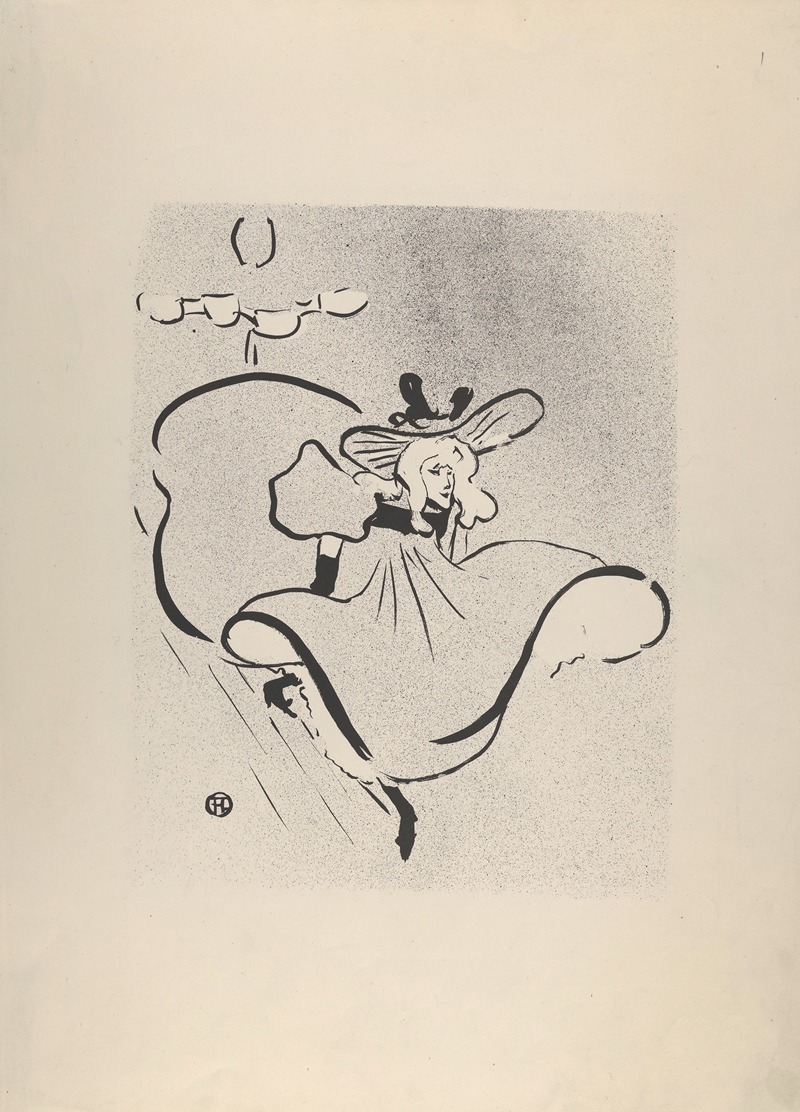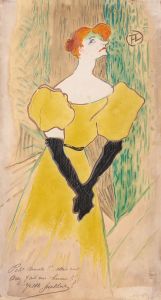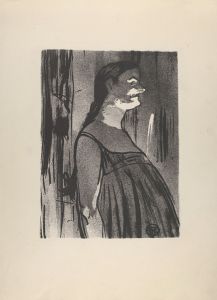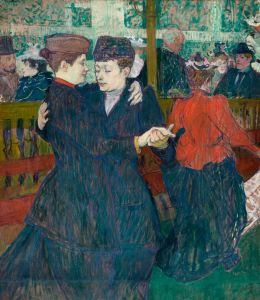
Jane Avril.
A hand-painted replica of Henri de Toulouse-Lautrec’s masterpiece Jane Avril., meticulously crafted by professional artists to capture the true essence of the original. Each piece is created with museum-quality canvas and rare mineral pigments, carefully painted by experienced artists with delicate brushstrokes and rich, layered colors to perfectly recreate the texture of the original artwork. Unlike machine-printed reproductions, this hand-painted version brings the painting to life, infused with the artist’s emotions and skill in every stroke. Whether for personal collection or home decoration, it instantly elevates the artistic atmosphere of any space.
"Jane Avril" is a painting created by the French artist Henri de Toulouse-Lautrec in 1893. Toulouse-Lautrec, a prominent Post-Impressionist painter, is well-known for his depictions of Parisian nightlife, particularly the performers and patrons of the cabaret scene in Montmartre. This artwork portrays Jane Avril, a famous can-can dancer and one of the most iconic figures of the Moulin Rouge during the late 19th century.
Jane Avril, born Jeanne Beaudon in 1868, was celebrated for her unique and graceful dancing style, which contrasted with the more exuberant and high-energy performances typical of the can-can. Her elegance and enigmatic personality made her a muse for several artists of the time, including Toulouse-Lautrec. The two shared a professional relationship, and he created numerous works featuring her, including posters, lithographs, and paintings.
In this particular painting, Toulouse-Lautrec captures Jane Avril in a moment of poised introspection. She is depicted in a full-length portrait, wearing a striking outfit that reflects the fashion of the era. The composition is characterized by the artist's distinctive use of bold lines and flat areas of color, influenced by Japanese ukiyo-e prints, which were a significant inspiration for Toulouse-Lautrec's style. The background is minimal, drawing attention to Avril as the central figure and emphasizing her individuality and charisma.
Toulouse-Lautrec's portrayal of Jane Avril is notable for its psychological depth. Rather than presenting her solely as a performer, he conveys a sense of her inner life, offering a more nuanced view of her personality. This approach was typical of Toulouse-Lautrec's work, as he often sought to humanize the subjects of his art, moving beyond surface appearances.
The painting is part of a broader body of work by Toulouse-Lautrec that documents the vibrant and often tumultuous world of Parisian entertainment during the Belle Époque. His art provides valuable insight into the cultural and social dynamics of the time, capturing the spirit of an era while also highlighting the individuality of figures like Jane Avril.
Today, "Jane Avril" by Henri de Toulouse-Lautrec is recognized as an important example of his artistic achievements and his ability to blend portraiture with the broader cultural context of his time. The painting is housed in the Musée d'Orsay in Paris, where it continues to be admired by art enthusiasts and historians alike.


















